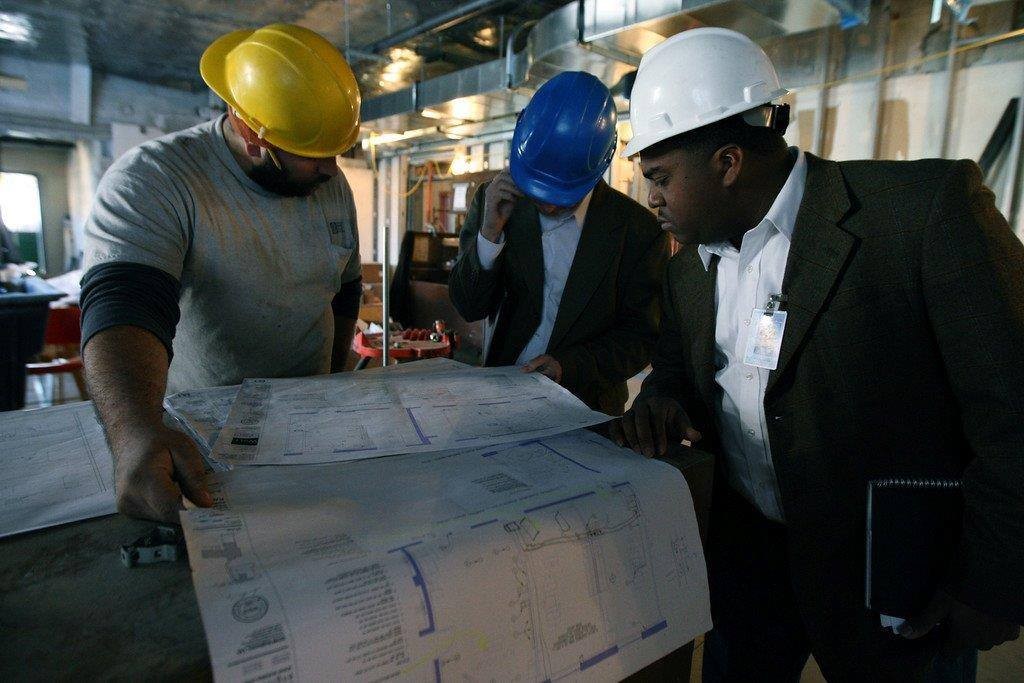Crafting Homes That Marry Aesthetic Appeal with Practicality
In the realm of architecture, there exists a delicate balance between form and function, where every line, curve, and material choice contributes to both the visual appeal and usability of a structure. This article delves into the concept of architectural elegance, where style seamlessly intertwines with functionality to create spaces that are as beautiful as they are practical.
The Art of Architectural Elegance
Architectural elegance is more than just a superficial quality; it is a testament to thoughtful design and meticulous attention to detail. It encompasses everything from the layout and flow of a space to the choice of materials and colors. At its core, architectural elegance is about creating environments that not only look stunning but also enhance the lives of those who inhabit them.
Balancing Form and Function
One of the defining characteristics of architectural elegance is the ability to strike a harmonious balance between form and function. While aesthetics play a crucial role in defining the character of a building, functionality is equally important. A well-designed space should not only look good but also serve its intended purpose effectively and efficiently.
Maximizing Space Utilization
In the pursuit of architectural elegance, maximizing space utilization is paramount. This involves clever spatial planning to ensure that every square foot is utilized to its fullest potential. Whether it’s optimizing storage solutions in a small apartment or creating multifunctional areas in a larger home, efficient space utilization is key to achieving both elegance and practicality.
Integration of Natural Light
Natural light is a powerful tool in the hands of architects, capable of transforming a space and enhancing its ambiance. Architectural elegance often involves the strategic placement of windows, skylights, and other openings to harness natural light and create bright, inviting interiors. By bringing the outdoors in, architects can blur the boundaries between the built environment and the natural world, resulting in spaces that feel open, airy, and uplifting.
Seamless Indoor-Outdoor Connectivity
In the quest for architectural elegance, the relationship between indoor and outdoor spaces is carefully considered. Seamless transitions between the two blur the lines between interior and exterior, allowing occupants to enjoy the benefits of both worlds. Whether it’s through expansive glass doors that open onto a terrace or strategically placed courtyards that bring greenery into the heart of a home, the integration of indoor-outdoor living enhances the overall sense of space and connection to the environment.
Attention to Detail
Detailing is where the true craftsmanship of architecture shines through. From intricate moldings and trims to bespoke fixtures and finishes, every element contributes to the overall aesthetic of a space. Architectural elegance is often found in the smallest of details, where careful consideration is given to proportion, scale, and materiality. It’s these finishing touches that elevate a building from mere structure to a work of art.
Sustainability and Resilience
In today’s world, sustainability and resilience are integral aspects of architectural elegance. Building practices that minimize environmental impact and promote resource efficiency not only benefit the planet but also contribute to the long-term viability of a structure. Whether it’s through passive design strategies, energy-efficient systems, or the use of eco-friendly materials, architects are increasingly incorporating sustainable principles into their designs to create homes that are as environmentally responsible as they are elegant.
Cultural and Contextual Sensitivity
Architectural elegance is deeply influenced by cultural and contextual factors, reflecting the unique identity and character of a place. Whether it’s drawing inspiration from local building traditions, responding to climatic conditions, or respecting historical context, architects must navigate a complex web of considerations to create spaces that feel authentic and rooted in their surroundings. By embracing cultural diversity and honoring local heritage, architectural elegance becomes a celebration of place and identity.
The Future of Architectural Elegance
As we look to the future, the concept of architectural elegance continues to evolve in response to changing societal values, technological advancements, and environmental challenges. Yet, at its core, it remains a timeless ideal—a pursuit of beauty, functionality, and meaning in the built environment. By embracing innovation while honoring tradition, architects have the power to shape a more elegant and sustainable world for generations to come. Read more about house





